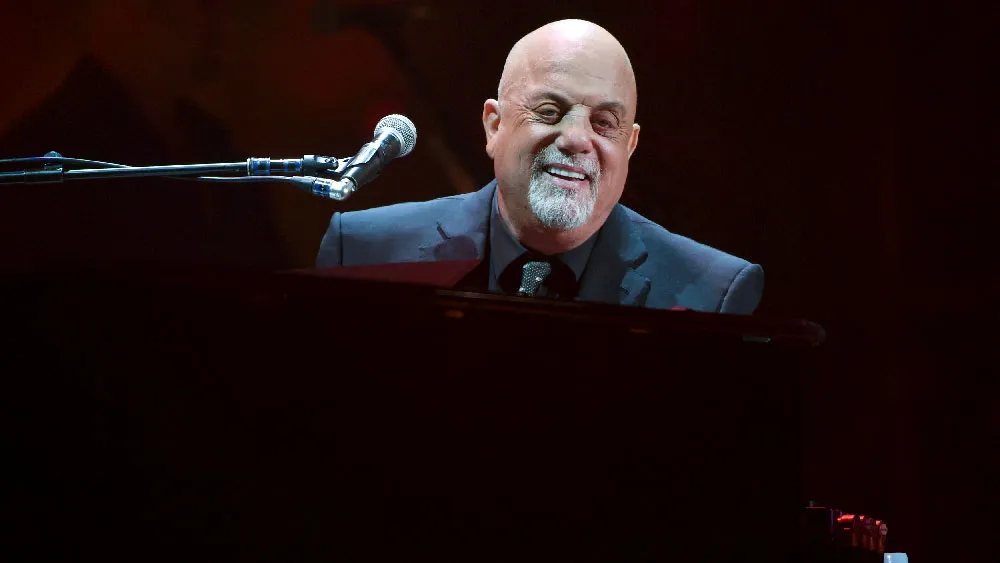February 10, 2012
Whiteface About-Face
Sandy MacDonald READ TIME: 4 MIN.
Last winter, as the snow kept mounting, so did my envy. One Facebook friend after another bragged about the bountiful snowfalls they were enjoying out west. Then, as the "snowcapalyse" struck Manhattan, the backwash started pouring in: "They say we might get a flight back later this week ..."
Though not generally a practitioner of schadenfreude, I was somewhat mollified, because I'd already done all the hard time I would care to in a Denver Doubletree, waiting out days of flight delays. Also, I couldn't help feeling rather smug, having had the foresight to line up a drivable ski destination - the only significant Eastern mountain I had yet to explore.
Okay, so the peaks of the East tend to be relatively puny, not to mention icy -- especially once the urban hordes have scraped off every fresh flake.
But Whiteface defies defeatist expectations. Imagine our delight when, after an easy 5-hour cruise straight up the New York Thruway and into the unspoiled 6-million-acred Adirondack Park area, Whiteface loomed before us, boasting a staggering vertical drop of 3,430 feet - or, in city-slicker terms, slightly more than three Empire State Buildings stacked end to end (including the aerial). "This looks like a western mountain!" we exulted.
That it proved, in more ways than one. Whiteface's swirling network of trails, which evolved from a race run cut in 1938, reflects the way ski areas were laid out in the sport's early days, when seemingly fearless aficionados went by feel, and not the dictates of topo maps and computer models.
Whiteface is easy to explore without a map, because eventually all trails -- from the black-diamond chutes tumbling off the deceptively labeled "Little Whiteface "peak to the far-ranging Wilmington trail, a panoramic cruiser flanked by inviting drop-down glades - eventually funnel to a modest base area distinguished by its lack of commercial hype and (oh, bliss) hard-rock soundtrack.
This is a nature preserve, after all. The only advertorial signage you'll spot is a modest notice, partway up the Summit Quad, alerting you to the fact that you've now surpassed Stowe's highest point.
We found it impossible to tear ourselves away from the slopes, which - besides being scrupulously groomed -- got a fresh dusting every night. However, the Lake Placid area, home to two winter Olympics thus far (1932 and 1980), abounds in alternative recreational options. Skating on the Olympic Speed Skating Oval is a surprisingly affordable treat (only $8, or $11 with rental), and it's open into the evening.
If XC is more your speed, you could explore the Cross Country Biathlon Center's 50 kilometers. Just be sure to keep an ear out for the Olympic-hopefuls sure to overtake you (they're swift and near-silent).
Thrill-seekers won't want to pass up an authentic bobsled ride on the original Olympic track. You'll just be a passenger, wedged with three mates between a pilot and brakeman, so no worries about steering or stopping.
As kicks go, this one's a bit pricy : the $80 fee works out to about $2 per screaming-your-head-off second. However, those brave enough to try it (so not I!) claim it's worth every penny.
Where to Stay:
The high-end hostelry of choice is the Lake Placid Lodge, a reimagined "Great Camp" that harks back to an era when the region served as rustic playground for Rockefellers, Rothschilds, and the like.
Rates are steep ($575/night and up) but not necessarily robber-baron level. You can dine like a Gilded Age nabob -- one with a rather more sophisticated palate -- at the Lodge's unabashedly carnivorous Artisans restaurant.
Nearly as appetizing, and more modestly priced, is the Crowne Plaza Resort Hotel, where roomy if motelish quarters start as low as $108 midweek (the only time to ski, if you're sensible).
You'll dine quite well in a great room overlooking frozen Mirror Lake.
Sandy MacDonald (www.sandymacdonald.com) is a travel writer and theatre critic based in New York, Cambridge, and Nantucket.


